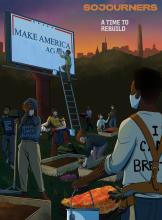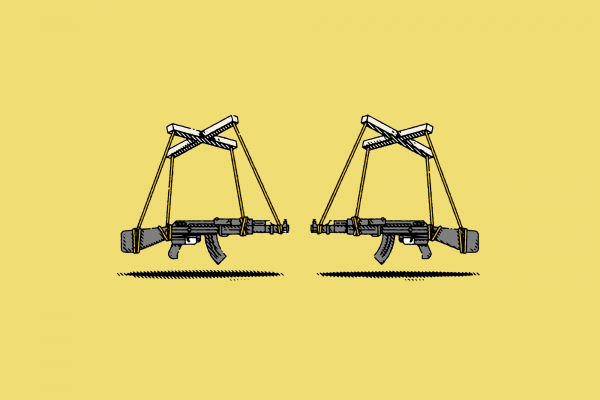THE WAR BETWEEN Armenia and Azerbaijan this past autumn was an avoidable tragedy.
The disputed Nagorno-Karabakh region has been populated since at least the second century B.C.E. by Armenians, one of the world’s oldest Christian civilizations. The Muslim Azeris and others have lived there and in neighboring areas for centuries as well, and the region was ethnically mixed (albeit majority Armenian) when the Soviet Union collapsed in 1991.
Stalin’s divide-and-rule policy for drawing borders made Nagorno-Karabakh a theoretically “autonomous region” within the Azerbaijani Soviet Socialist Republic. As the Soviet Union was breaking up and Azerbaijani persecution of ethnic Armenians increased, the Armenian and Nagorno-Karabakh governments, with widespread support of their respective populations, demanded the transfer of the region to Armenia.
When Azerbaijan refused, Armenia seized the territory by force in the 1990s—along with large swaths of western Azerbaijan, populated primarily by Azeris, that were never part of Nagorno-Karabakh. Hundreds of thousands of Azeris, and a smaller number of Armenians, were victims of ethnic cleansing by both sides.
Read the Full Article

